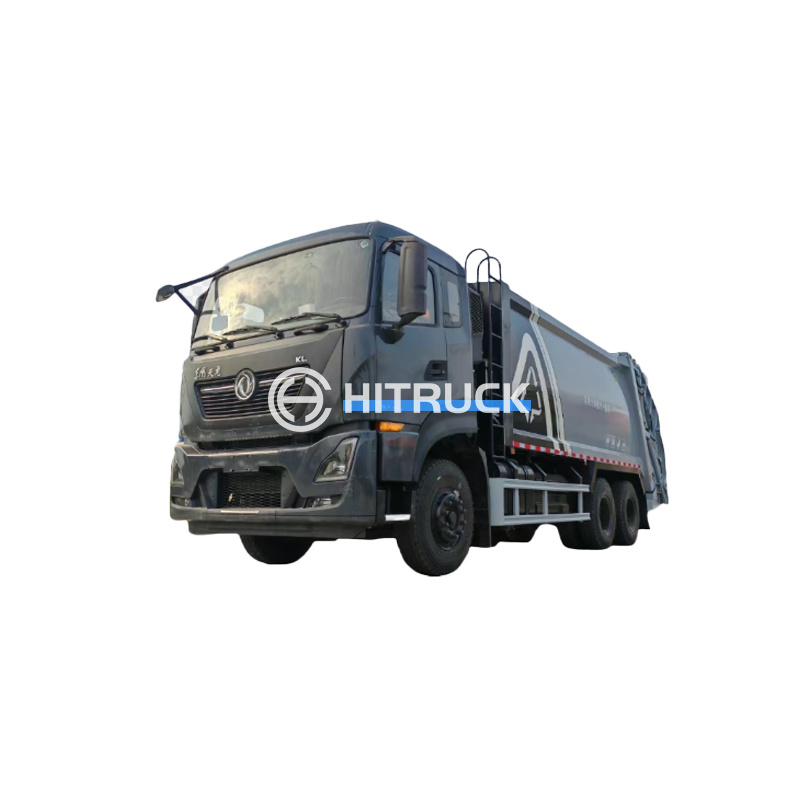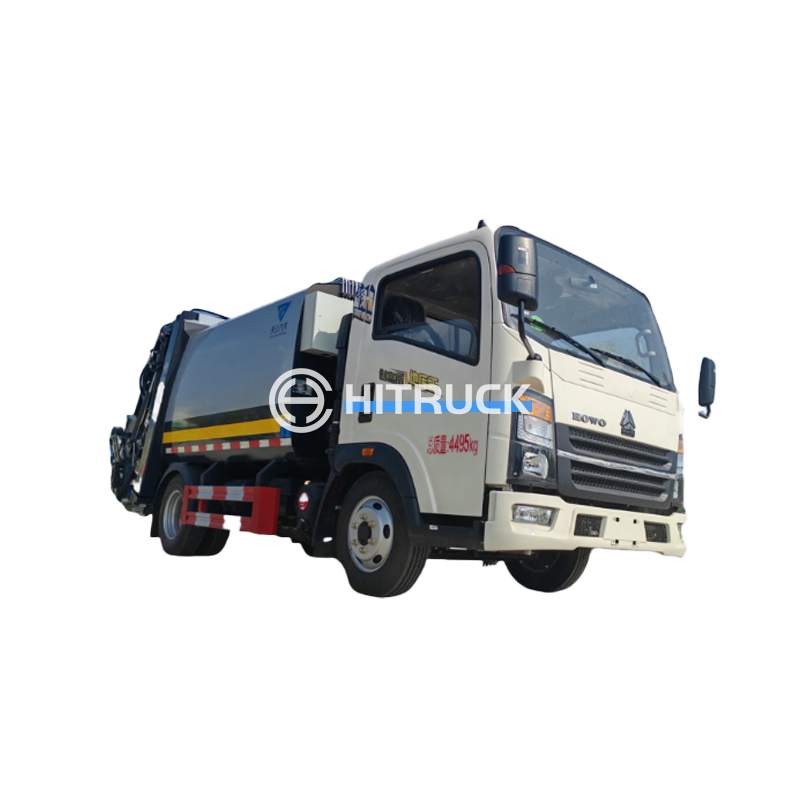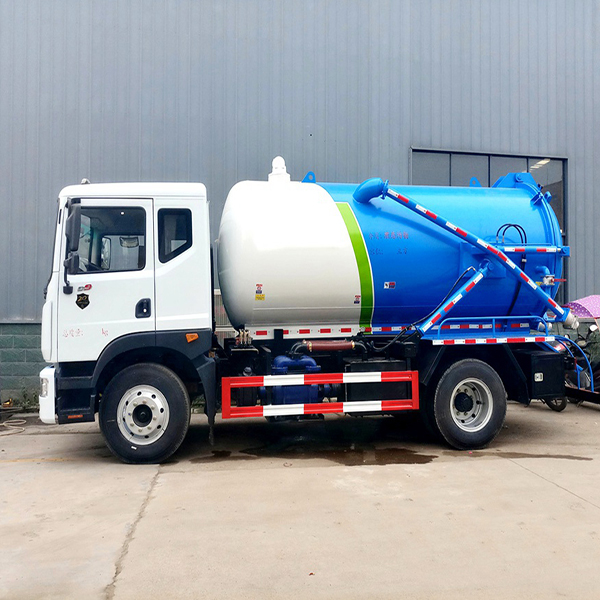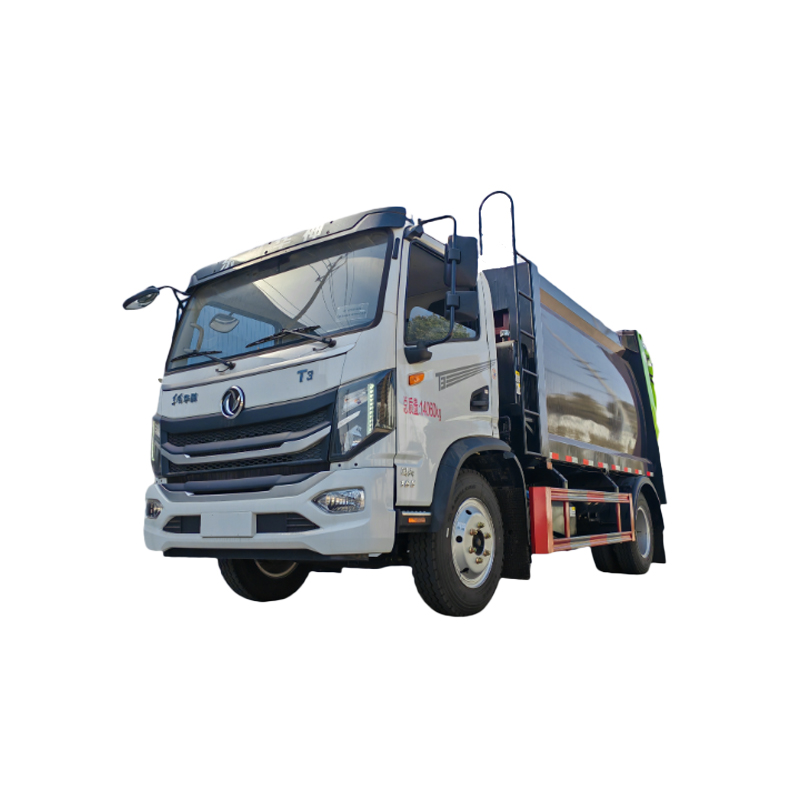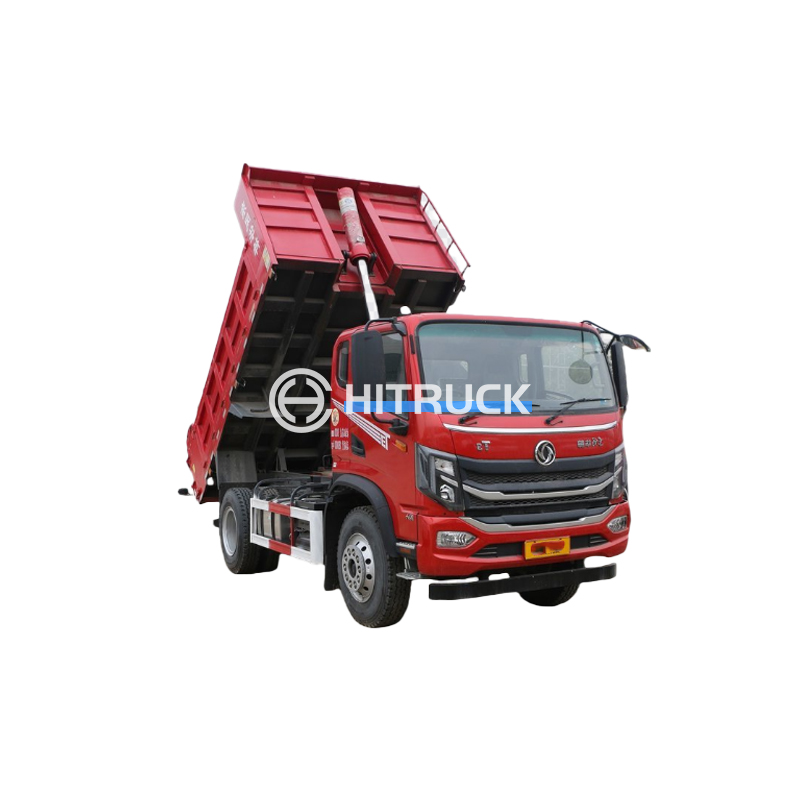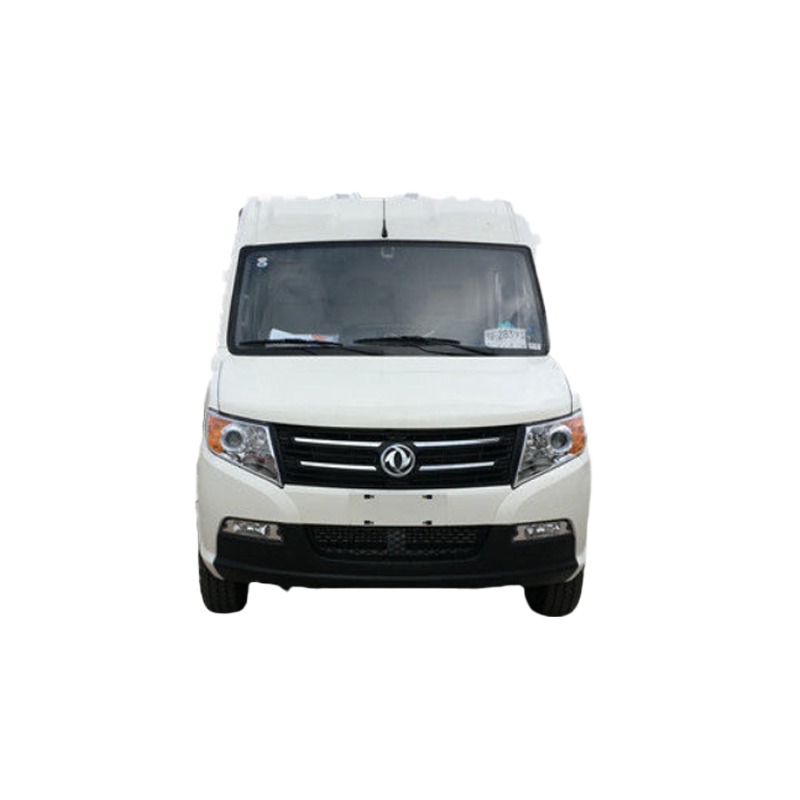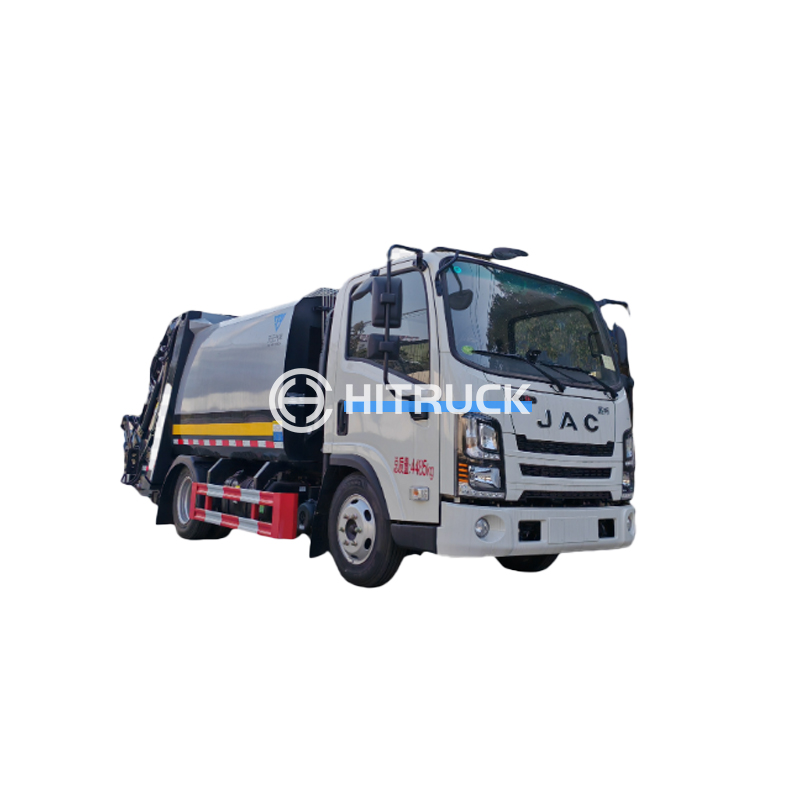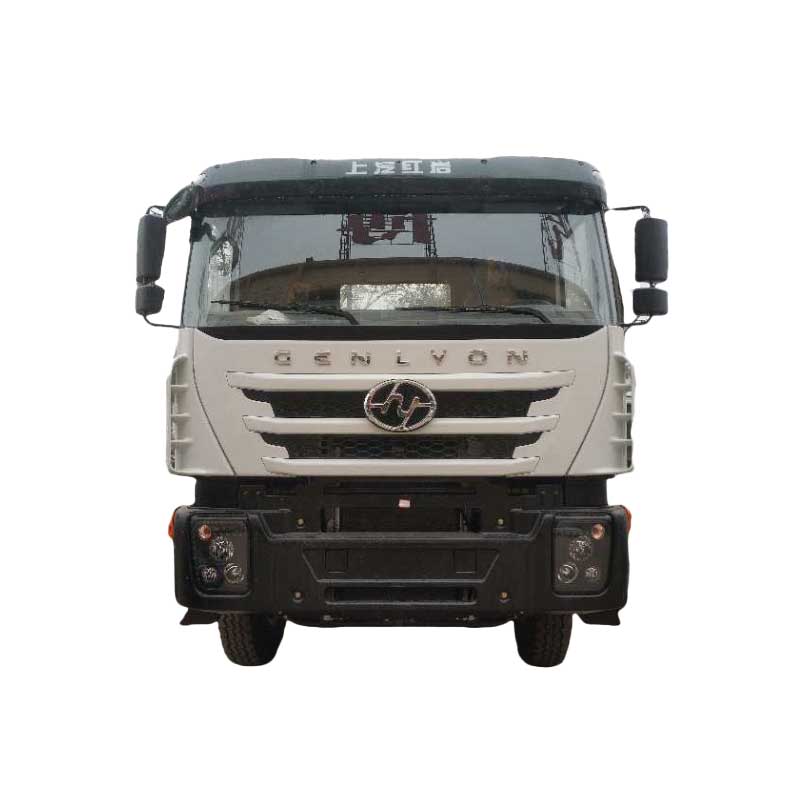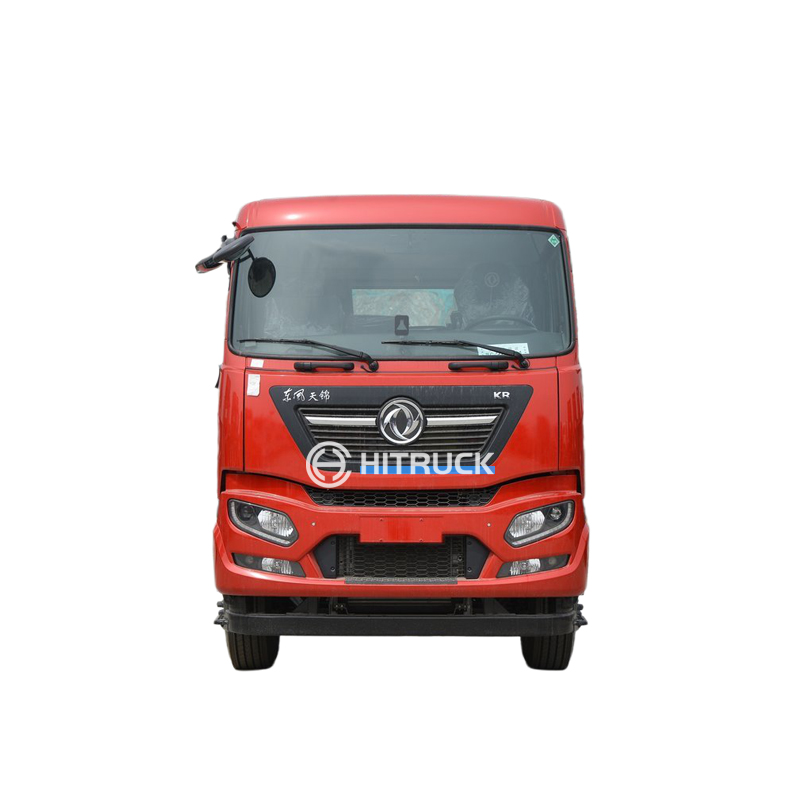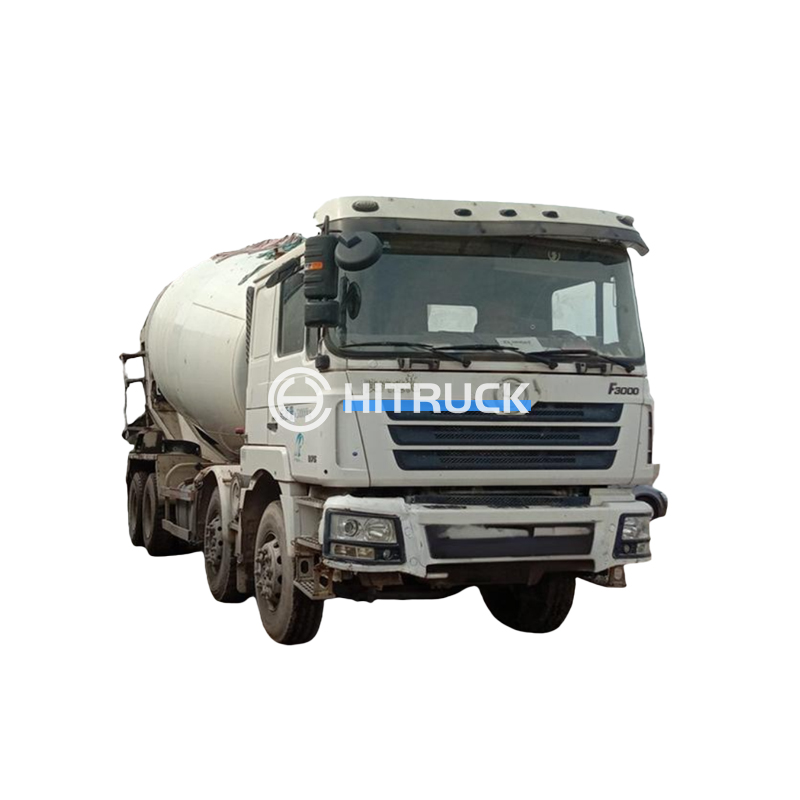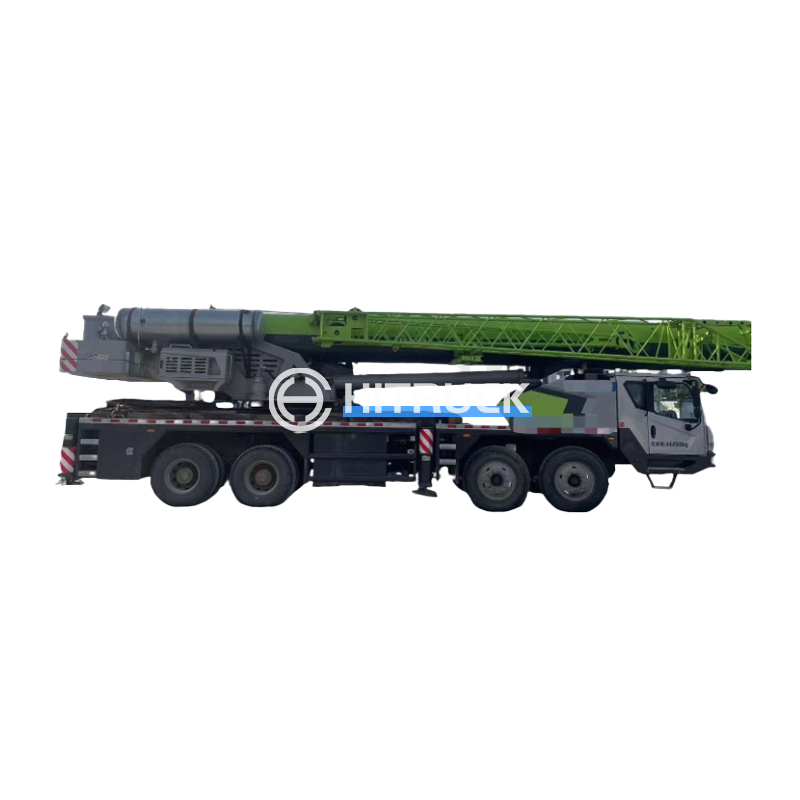This comprehensive guide explores the world of R&M overhead cranes, providing insights into their various types, applications, safety considerations, and selection process. We'll cover essential factors to consider when choosing a crane for your specific needs, ensuring optimal performance and longevity.
Single girder overhead cranes are ideal for lighter-duty applications and offer a cost-effective solution. They are compact and easy to install, making them suitable for smaller workshops and warehouses. The simplicity of design often translates to lower maintenance costs. However, their lifting capacity is typically lower compared to double girder cranes.
Double girder overhead cranes are designed for heavier lifting capacities and more demanding applications. Their robust construction allows them to handle larger loads and provide greater stability. They are often preferred in industrial settings requiring high lifting capacities and frequent use. While more expensive initially, the increased durability and capacity can prove beneficial in the long run.
Underhung cranes are a space-saving alternative, particularly suitable for environments with limited headroom. The crane's structure is suspended beneath an existing support structure, maximizing the usable space below. This design, however, may have limitations on lifting capacity and span.
The lifting capacity is a crucial factor, as it directly relates to the weight of the materials or goods you need to lift. Always ensure the crane's rated capacity exceeds the maximum weight you anticipate handling, with a safety margin built in. Incorrectly selecting a crane with insufficient capacity can lead to accidents and equipment failure.
The span refers to the horizontal distance between the crane's support columns. The required span depends on the layout of your workspace and the area needing coverage. Accurate measurement is vital for proper crane selection and installation.
The hoisting height is the vertical distance the crane can lift a load. Consider both the height of the materials and the required clearance above them. This ensures safe and efficient operation without collisions.
R&M overhead cranes can be powered by electric motors, which are generally more common for their efficiency and reliability. Other power sources might exist but are less frequently seen.
Safety is paramount when operating R&M overhead cranes. Regular inspections, operator training, and adherence to safety regulations are crucial. Proper maintenance, including lubrication and inspections of critical components, contributes significantly to preventing accidents. Always ensure that only trained and certified personnel operate the crane.
Regular maintenance is key to prolonging the lifespan and ensuring the safe operation of your R&M overhead crane. This includes periodic inspections, lubrication, and the timely replacement of worn-out parts. Preventative maintenance is far more cost-effective than reactive repairs following a breakdown. Consider establishing a preventative maintenance schedule to avoid costly downtime.
Selecting a reputable supplier is essential. Look for companies with a proven track record, experienced engineers, and a commitment to providing high-quality products and services. Check reviews and testimonials to gauge customer satisfaction and ensure the supplier meets your needs. For heavy-duty trucking needs, consider exploring options from reputable suppliers like those found at Suizhou Haicang Automobile sales Co., LTD. Their expertise in heavy-duty vehicles and equipment could provide valuable insights when selecting your crane.
| Feature | Single Girder Crane | Double Girder Crane |
|---|---|---|
| Lifting Capacity | Lower | Higher |
| Cost | Lower | Higher |
| Maintenance | Generally lower | Generally higher |
| Applications | Lighter duty | Heavy duty |
Remember to always prioritize safety when selecting and operating your R&M overhead cranes. Thorough planning and adherence to industry best practices are crucial for a safe and productive work environment.

